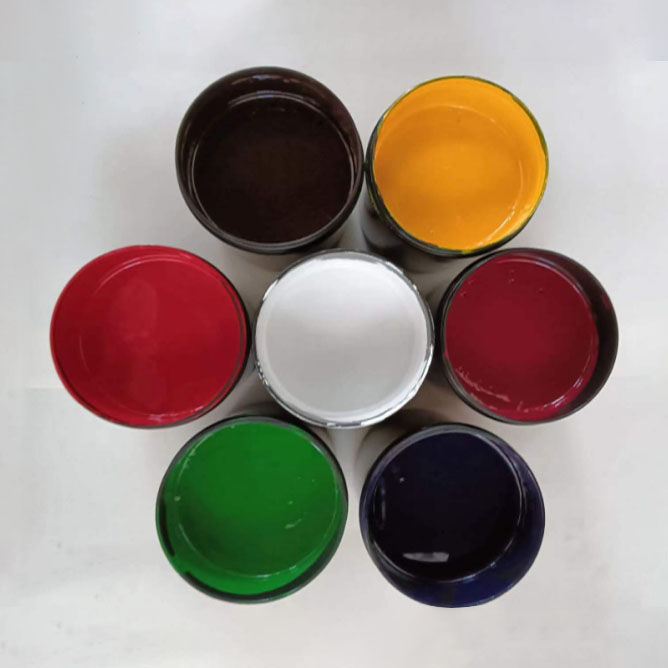
- English
- 简体中文
- שפה עברית
- lugha ya Kiswahili
- ગુજરાતી
- Hausa
- ಕನ್ನಡ
- Punjabi
- پښتو
- سنڌي
- Sundanese
- Yoruba
- Español
- Português
- русский
- Français
- 日本語
- Deutsch
- tiếng Việt
- Italiano
- Nederlands
- ภาษาไทย
- Polski
- 한국어
- Svenska
- magyar
- Malay
- বাংলা ভাষার
- Dansk
- Suomi
- हिन्दी
- Pilipino
- Türkçe
- Gaeilge
- العربية
- Indonesia
- Norsk
- تمل
- český
- ελληνικά
- український
- Javanese
- தமிழ்
- తెలుగు
- Eesti Keel
- Română
- मराठी
- فارسی
- नेपाली
- Burmese
Classification of screen printing ink
2024-04-19
There are many classifications of screen printing ink. Understanding the classifications of screen printing ink can help us better select screen printing ink.
Classification by substrate
According to the chemical names of the substrate, screen printing ink can be classified as polyethylene and polypropylene (non-polar) ink, and polyvinyl chloride, polystyrene, and ABS polycarbonate (polar) ink. According to the form of the substrate, it can be classified as soft plastic ink and hard plastic ink.
Classification by drying method
There are evaporative drying ink, ultraviolet curing ink, and oxidation drying ink. evaporative drying ink is the most commonly used ink in screen printing. The ink film is mainly composed of polymer substances, and after printing, the solvent evaporates to form the ink film. This evaporative drying process is reversible, that is, the dried ink film can be dissolved in solvent again. After the ink is transferred to the substrate, the ink film with solvent will first undergo solvent evaporation. The solvent in the ink diffuses in the air due to its vapor pressure, forms a liquid film on the surface of the ink film, and then evaporates through the liquid film. In this drying process, the internal drying is generally slower, and sometimes blowing is needed to accelerate the drying. evaporative ink is easy to use, and drying is generally fast, so it is widely used.
Ultraviolet curing ink can produce a photochemical reaction and can completely cure within a few seconds. It is used more and more in plastic printing. The main components of the ink are photocuring resin, initiator, pigment, and additive, and organic solvents are generally not used.
Oxidative drying ink contains polymers with smaller molecular weight in the ink. It is oxidized in the air and forms a polymer film through chemical reactions such as heat, light, or reactive substances. After this ink is printed onto the substrate, it generally needs to be heated to promote curing.




